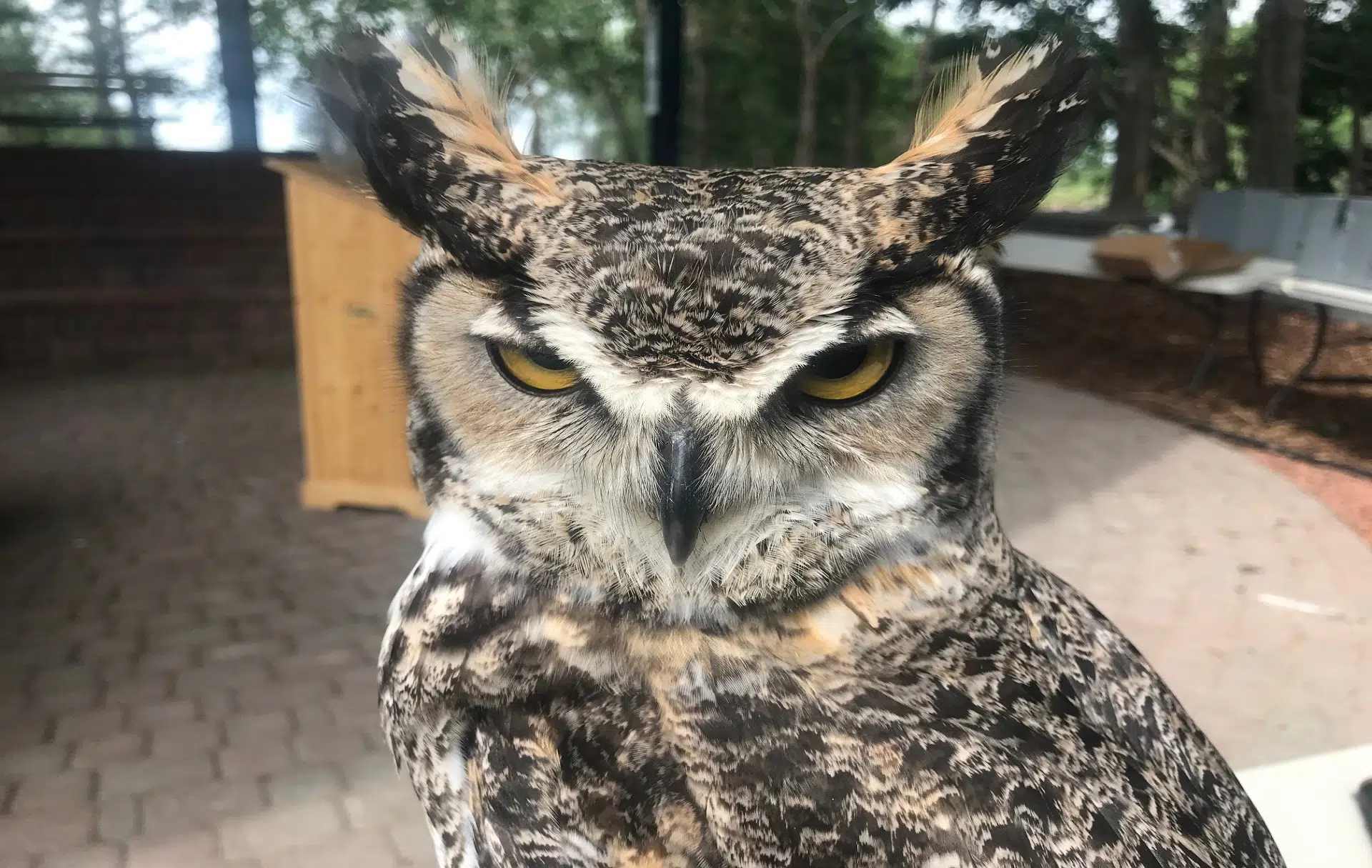
UPDATED: West Nile Virus claims 15 birds at Alberta Birds of Prey Centre in Coaldale
COALDALE – It’s like the entire starting lineup and back-ups on a team have all been wiped out. One quarter of the birds, including eagles used in educational demonstrations have died at the Alberta Birds of Prey Centre in Coaldale.
Colin Weir, Managing Director of the Alberta Birds of Prey Foundation, says last August and September, staff began seeing birds dying unexpectedly every few days.
“We just determined that based on the frequency of deaths at the time, and the time of year and the symptoms that the birds were displaying, that we probably had a serious outbreak of West Nile Virus in northwest Coaldale.”
Weir says there are a few reasons that the news wasn’t immediately shared and compares the situation to a “canary in the coalmines” scenario.


